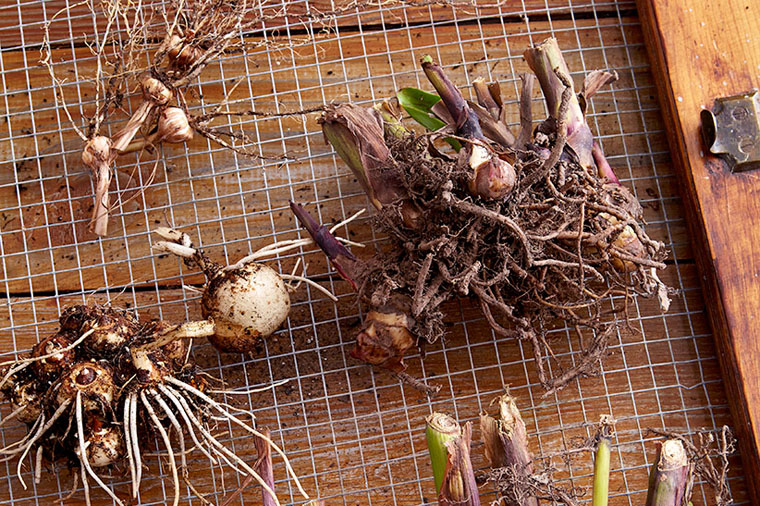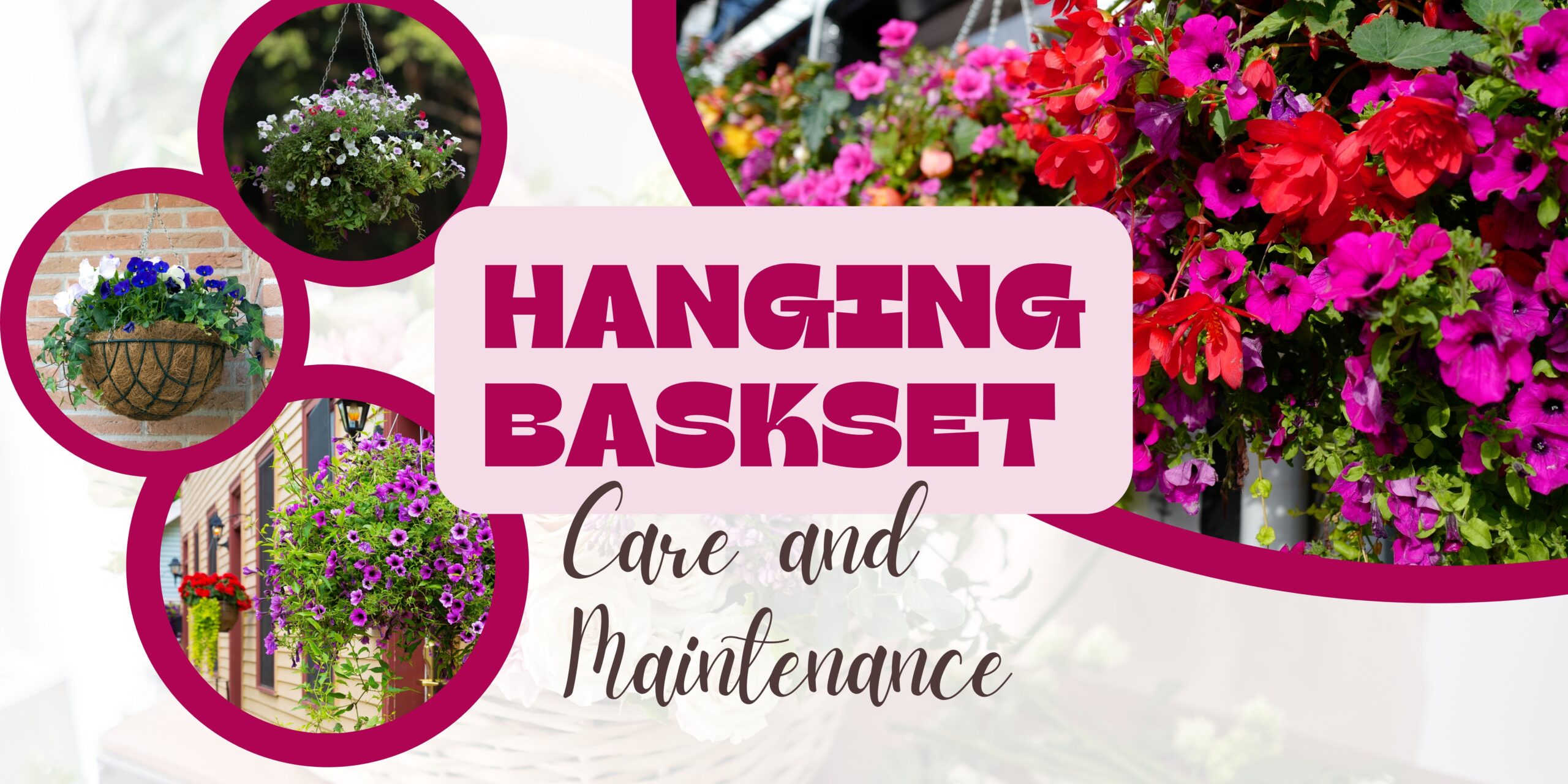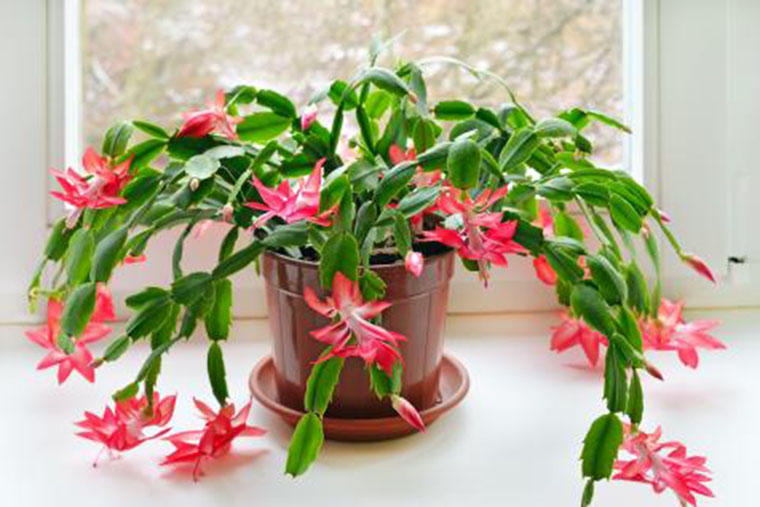Guide on Bulbs Common to Our Climate
With our cold winters, we are fairly limited in the types of perennials that we can grow here. Many plant species that exist as perennials elsewhere in the world won’t survive our winters, making them an annual for our climate. However some plant species, especially those with bulb-like root systems can be overwintered indoors and replanted in the spring. Overwintering bulbs indoors is an appealing option for many gardeners, giving us the chance to grow and maintain many plants that otherwise would not survive.
The term “bulb” is often used generally to describe a number of bulbous root systems that include true bulbs, corms, tuberous, and rhizomes. These 4 types of root systems tend to be easy to dig up and store well indoors over the winter.
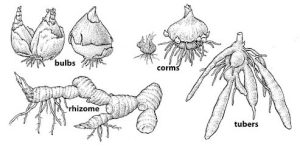 True Bulbs : A true bulb is typically round in shape and can be identified by its flat bottom and pointy top. Think onion or garlic, this is the shape of a true bulb. Other plants that grow from true bulbs include : Allium, Amaryllis, Asiatic Lily, Daffodil, Dutch Iris, Hyacinth, & Tulip.
True Bulbs : A true bulb is typically round in shape and can be identified by its flat bottom and pointy top. Think onion or garlic, this is the shape of a true bulb. Other plants that grow from true bulbs include : Allium, Amaryllis, Asiatic Lily, Daffodil, Dutch Iris, Hyacinth, & Tulip.
Corms : Corms can easily get mistaken for a bulb, they have a similar shape however they lack layers. Some corms have fuzz on the surface and all have a solid interior. Some popular plants that grow from corms include : Crocus, Gladiolus, and Water Lily.
Tuberous : Plants with root systems that are an enlarged and fleshy are considered tuberous. Tuberous root systems tend to have multiple bulbous roots and can bud from the crown end of each tuberous bulb. Familiar plants with tuberous roots include : Dahlia, Daylily, and Peony.
Rhizomes : The root system of rhizomes typically grow horizontally, not vertically, sending out side shoots from the main root. Buds will form the side shoots that will grow upward creating new plants away from the mother plant. Some common rhizomes include : Call Lily, Canna Lily, and Iris.
Leave in Ground or Dig Up and Store?
Not all bulb plants need to be dug up and overwintered indoors. It depends on the plant! Many bulbs will survive our winters while others will not, the key is knowing the zone hardiness of each plant.
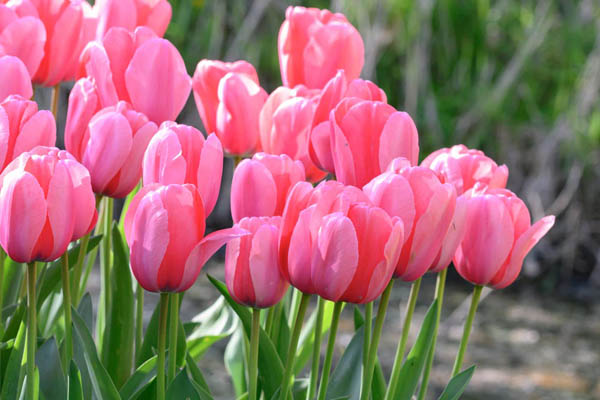
Hardy Bulbs
Leave In Ground : Hardy bulbs for our area are plants that are hardy to a zone 3 or lower. These plants can safely withstand heavy frost depths. Many early spring blooming perennials such as Crocus, Daffodils, and Tulips fall into this category. Lilies, Irises, and many other perennials are also hardy to zone 3, but each variety can differ so it is always best to check each plant’s zone hardiness to know which plant’s can be left in ground. The lower the zone number, the colder the zone.
Due to climate change we have been experiencing greater swings in seasonal temperatures. As a result, we now recommend that even your zone 3 plants be given an extra layer of protection for the winter. By mulching your garden beds with 2 to 4 inches of mulch, you can help prevent damage to root systems caused by inconsistent temperatures and numerous freeze thaw cycles. When mulching fall planted bulbs, be sure to wait until the ground freezes before applying an extra layer of mulch for the winter.
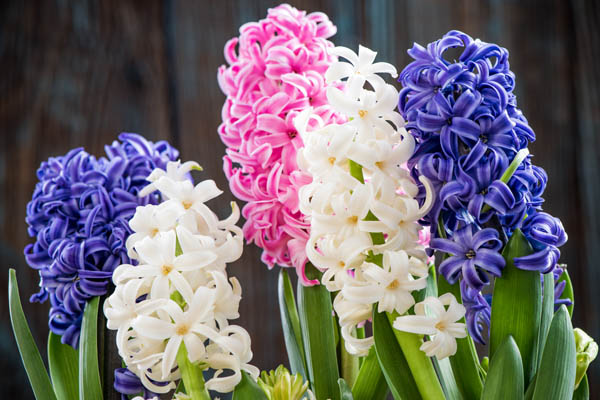
Zone 4 Bulbs
It Depends : This is where it gets tricky. Most communities in and around the greater Edmonton area are considered zone 3. However, depending on the source, some experts have Edmonton zoned as a 4, others as a warm 3B. To further complicate things, sometimes warmer microclimates can exist, especially within the city where there is a greater thermal mass due to the large amount of concrete. Some zone 4 bulbs, such as Hyacinths, can survive our winters if they are planted in one of these microclimates. So in short, it will depend on the specific variety, the microclimate of your garden and how harsh our winter temperatures get, which varies from year to year.
With our increasingly unpredictable winters, we like to play it safe and consider Edmonton and all surrounding areas zone 3. We also recommend digging up zone 4 bulbs, unless you know for sure you have a warmer microclimate garden. If you do decide to leave your zone 4 bulbs in ground, be sure to give them an extra layer of winter mulch once the ground freezes.
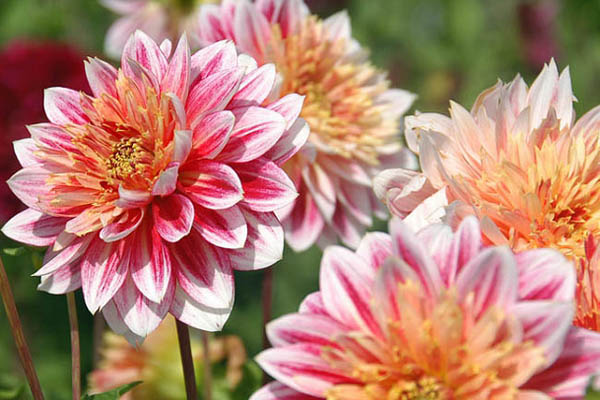
Tender Bulbs
Dig Up : Tender plants are bulbs or perennial roots that can not survive our cold winter temperatures. If a plant is zoned 4 or higher it is considered a tender plant. These bulbs must be dug up each fall and stored indoors before planting again in spring. Most Begonias, Dahlias, and Gladioli fall into this category, as well as other zone 4 and above perennials.
How to Store Your Tender Bulbs
When storing bulbs indoors, keep them in a cool dark place that remains above freezing. Most bulbs need to be kept at a temperature between 7°C to 15°C depending on the type of bulb. Moisture levels will also need to be monitored. We live in a dry climate and usually too much humidity is not an issue for most of us, but nonetheless, moisture levels should be monitored. Too much moisture build up can cause rot and mold.
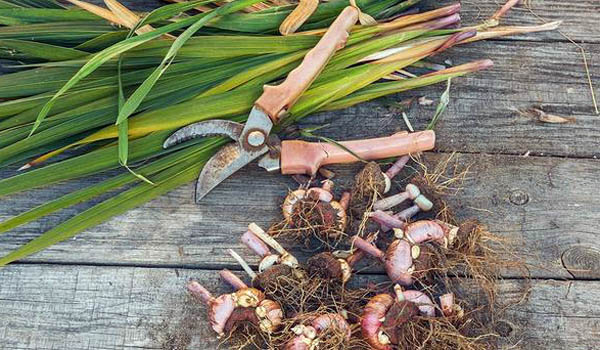
Bulbs & Corms
Dig up in the fall and shake off any loose soil. If the foliage has not quite died, leave the bulbs upright in a cool dry spot, like a garage, for a couple of weeks. Once the foliage has died back, cut back the stem and leaves to about an inch above the bulb. Store the bulbs in a breathable type of material such as mesh netting, and hang in a cool, frost-free area.
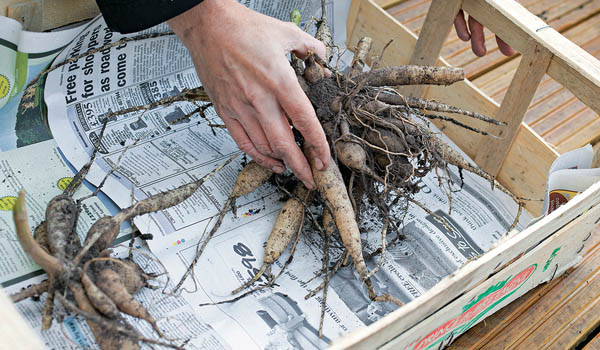
Tuberous & Rhizomes
Dig up before frost, cut back any remaining stems and leaves to about an inch above the soil line. Spread out in a shaded dry spot, like a garage, until the outside of the tubers feel dry. Once dry, store them in uncovered shallow flats or boxes filled with sawdust or wood shavings in a cool, dry, and dark location. Check monthly to make sure they are not drying out or shrivelling. They should stay firm and plump until spring planting time. Since we have very dry winters, you may need to mist them with a little water to prevent them from drying out. Be sure not to add too much water while they are being stored as this will cause mold.
 |
| 
